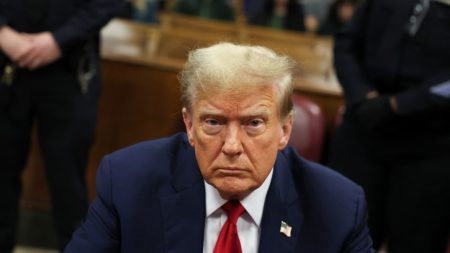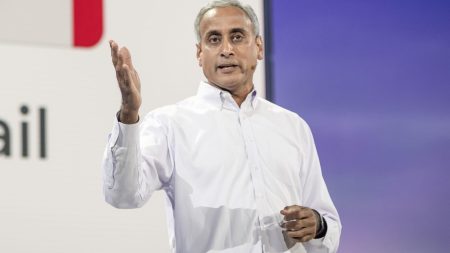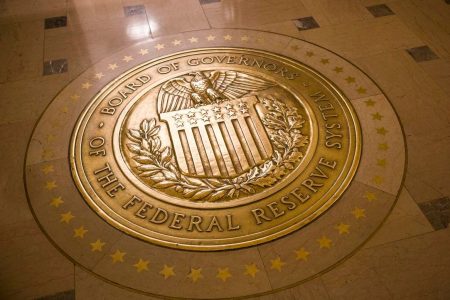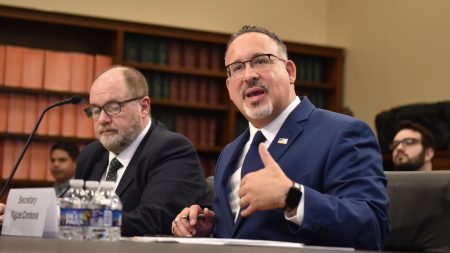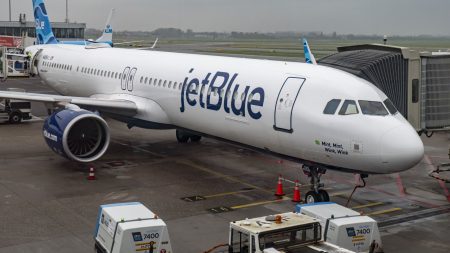Federal Reserve Chairman Jerome Powell stated that policymakers will need more time to evaluate the current state of inflation, which has made the timing of potential interest rate cuts uncertain. Despite stronger-than-expected price pressures at the start of the year, Powell emphasized that there is no rush to ease monetary policy. The remarks were made during a question-and-answer session at Stanford University, where Powell explained that the Fed will wait for greater confidence that inflation is moving sustainably down toward 2 percent before considering lowering the policy rate. This patient approach is due to the strength of the economy and progress on inflation thus far, giving policymakers time to let incoming data guide their decisions.
The Federal Open Market Committee (FOMC) recently voted to keep benchmark short-term borrowing rates steady and included a “greater confidence” qualifier in their March 20 post-meeting statement. While markets anticipate potential easing of policy this year, the timing and extent of cuts have been recalibrated as inflation has remained higher than expected. Despite this, other economic indicators such as the labor market and consumer spending have remained strong, allowing the Fed to assess the situation before making any moves. Powell emphasized that the overall outlook includes solid growth, a strong labor market, and inflation gradually moving down towards 2 percent, even on a “bumpy path.”
Recent data on job gains and inflation have surpassed expectations, but Powell noted that they do not significantly alter the overall picture of the economy. Other Fed officials have echoed Powell’s patient stance, with Atlanta Fed President Raphael Bostic suggesting one cut may be in the offing due to higher prices of certain items. San Francisco Fed President Mary Daly mentioned three potential cuts as a “reasonable baseline,” while Cleveland’s Loretta Mester also indicated that cuts are likely later this year, despite the possibility of rates being higher in the long term. Powell reiterated that decisions on interest rates are being made meeting by meeting, and that cuts are likely at some point this year.
The uncertainty surrounding interest rates has impacted markets, with stocks experiencing sharp declines and Treasury yields rising earlier in the week. However, the market stabilized in response to Powell’s remarks, though traders in the fed funds futures market adjusted their rate expectations. The market-implied probability of a rate cut in June briefly reached about 54%, according to CME Group data. Powell also addressed the importance of Fed independence, especially in light of the upcoming presidential election. He emphasized that the Fed’s analysis is free from personal or political bias, with decisions made based on what is best for the economy in the medium and long term, and nothing else. Powell also highlighted the Fed’s commitment to avoiding “mission creep,” stating that they are not climate policymakers and do not seek to be involved in climate change issues.
In conclusion, Powell’s remarks at Stanford University outlined the Fed’s cautious approach to assessing inflation and interest rates, emphasizing the need for greater confidence before considering policy changes. Despite higher-than-expected inflation and strong economic indicators, the Fed is taking a patient stance, with decisions being made on a meeting-by-meeting basis. While markets anticipate potential rate cuts this year, uncertainty has led to fluctuations in market expectations. Powell also highlighted the importance of Fed independence and the need to avoid getting involved in political or climate-related issues.








